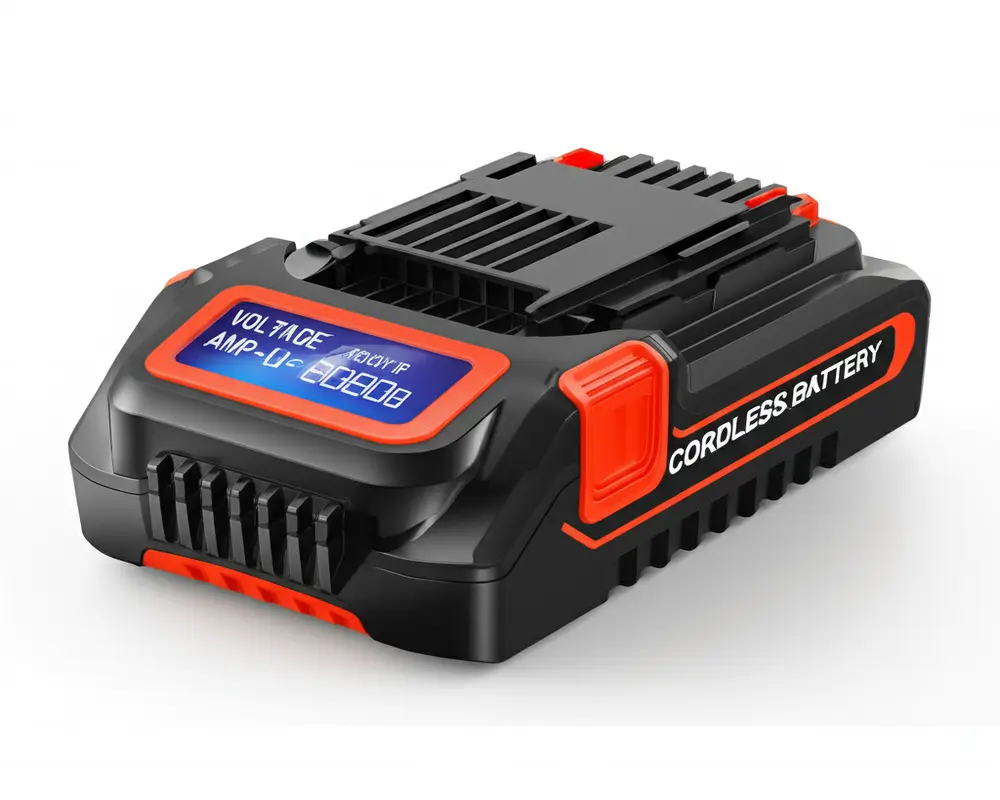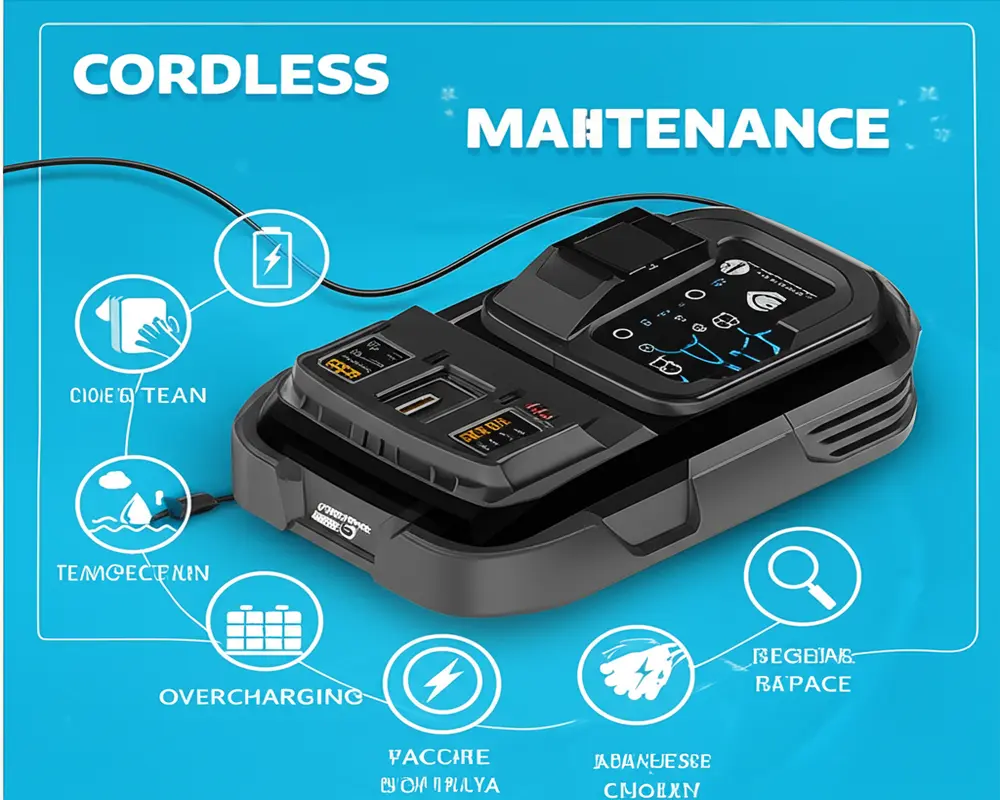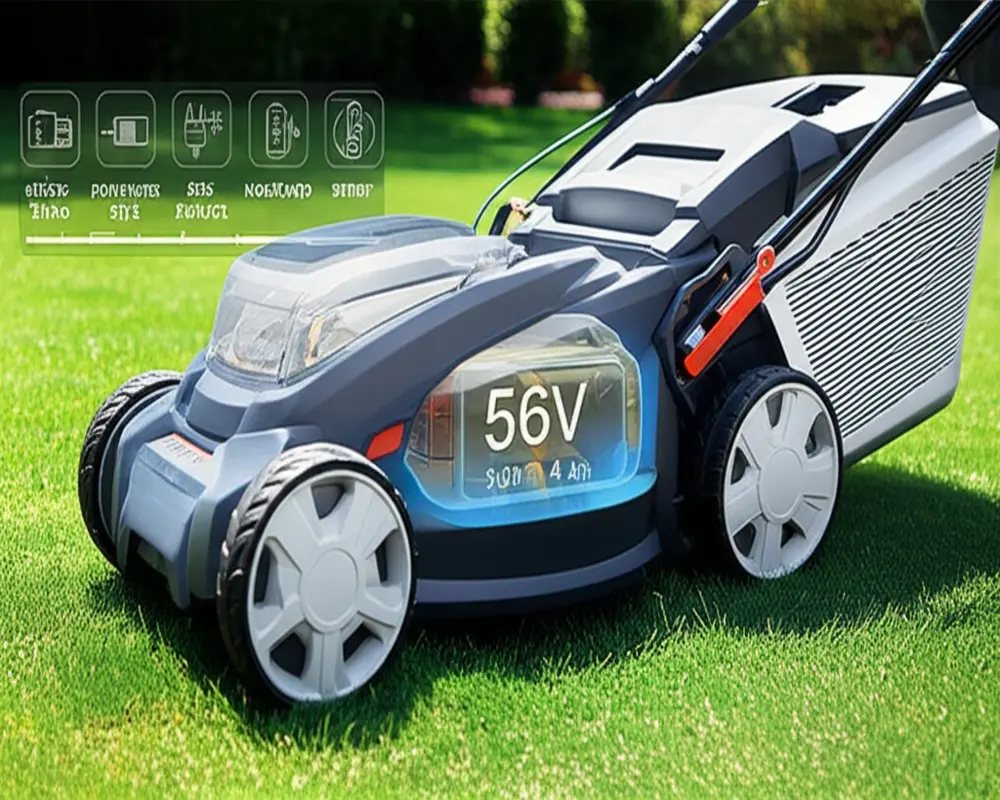Cordless Lawn Mower Battery Life: Understanding Runtimes, Maximizing Longevity & Choosing Wisely
Powering Your Perfect Lawn
Thank you for reading this post, don't forget to subscribe!Cordless lawn mowers have revolutionized outdoor maintenance, offering convenience and freedom from tangled cords or gas fumes. At the heart of these machines lies the battery, which significantly impacts your mower’s performance and your lawn care efficiency. This in-depth guide explores everything you need to know about cordless lawn mower battery life: from understanding key specifications and realistic runtime expectations to optimizing battery health and picking the right power source for your yard in 2025.
The significance of the battery cannot be overstated—it fuels your mower’s cutting power and determines how much ground you can cover on a single charge. Mastering the nuances of battery runtime and longevity will empower you to make informed choices and get the most out of your mowing sessions.
Fundamentals: Understanding Cordless Mower Battery Specifications
Understanding the core battery specifications is crucial to grasping cordless mower performance.
Voltage (V) indicates the power output of a battery. Most cordless mowers operate between 20V and 120V, with higher voltage batteries generally delivering more cutting power. For example, a 56V battery provides a balance of power and efficiency for medium-sized lawns.

Amp-Hours (Ah) measure the battery’s capacity—that is, how long it can deliver power before needing a recharge. A battery with 4 Ah capacity generally lasts significantly longer than a 2 Ah battery, allowing you to cover larger areas without interruption.
It’s important to differentiate between runtime—the length of a single mowing session—and battery lifespan, which refers to how many total charge cycles a battery can undergo before its capacity diminishes significantly. Runtime tells you what to expect per charge, while lifespan speaks to the battery’s durability over months or years.
How Long Do Cordless Lawn Mower Batteries Really Last Per Charge? (Runtime Expectations)
On average, a cordless mower battery’s runtime depends heavily on its amp-hour capacity.
For reference, a 2 Ah battery might last around 20 to 30 minutes, suitable for small yards under a quarter-acre. Batteries in the 4 to 5 Ah range typically deliver 40 to 60 minutes of runtime, ideal for medium-sized lawns up to half an acre, whereas larger capacity batteries of 6 Ah or more can extend cutting time beyond an hour, meeting the needs of larger properties.

Choosing the right capacity involves assessing your lawn size and mowing frequency. Small lawns can perform well with a lighter battery, but expansive lawns usually call for higher Ah to avoid running out of power mid-task.
Be aware that manufacturer-stated runtimes sometimes reflect ideal conditions. Real-world factors—like grass thickness and mower speed—can shorten operational time, which we will explore next.
Key Factors Impacting Battery Runtime
Several variables influence how long your cordless mower battery will last during use:
Lawn conditions: Dense or tall grass demands more power, reducing runtime. Wet or damp turf can also increase motor load and battery drain.
Mower settings: Lowering cutting height and using self-propulsion boost energy consumption, which shortens battery life per charge.
Mower specs: Newer brushless motors tend to be more energy-efficient than brushed types. Additionally, larger deck sizes cover more grass but require additional power.
Battery health: Battery capacity degrades over time, especially under extreme temperature exposure. Regular monitoring helps maintain expected runtime.
Maximizing Cordless Mower Battery Runtime
Extending your battery’s runtime requires strategic charging and thoughtful mowing practices.
Fully charge your battery before use, avoid deep draining below 20% capacity, and always use the manufacturer-recommended charger to protect cells and optimize longevity.
During mowing, maintain a steady pace without rushing, keep the cutting height moderate, and avoid mowing in overly thick or wet grass, which taxes the battery.
Routine blade sharpening and deck cleaning can reduce motor strain, indirectly preserving battery output and runtime. For details on blade maintenance, refer to our guide on how to sharpen pruning shears which shares relevant sharpening techniques adaptable to mower blades.

Extending Overall Battery Lifespan
The longevity of your battery depends primarily on the number of charge cycles it endures. Most lithium-ion mower batteries sustain 300 to 500 cycles before capacity drops notably.
Proper off-season storage involves charging to about 50%, storing batteries in a cool, dry place away from direct sunlight or freezing temperatures, and avoiding prolonged discharges that can harm cells.
During regular use, charge your mower promptly after each session and avoid leaving the battery plugged in continuously to prevent overcharging effects.
When to Replace Your Battery
Recognizing battery degradation signs ensures consistent mower performance. Common symptoms include significantly reduced runtime, inability to hold a charge, and overheating during use.
The cost of replacement varies by brand and capacity but often ranges between $100 and $300. Upgrading to newer battery technology or higher capacity models can enhance future mowing efficiency.
Troubleshooting Common Battery Issues
If your battery is not charging, check charger connections and battery terminals for debris or damage. Power loss or mower start failures may stem from worn-out battery cells or faulty connections, which might require professional inspection.
Battery overheating can indicate internal short circuits or overuse; in such cases, cease use immediately and consult the manufacturer’s safety guidelines.
Lithium-Ion Battery Technology Deep Dive
Li-ion batteries are favored for cordless mowers due to their high energy density, low self-discharge rates, and minimal memory effect. These factors contribute to lighter weights and longer runtimes compared to older nickel-cadmium or sealed lead-acid options.
However, Li-ion cells require careful handling, proper charging protocols, and temperature management to mitigate risks such as thermal runaway or permanent capacity loss.
Buying Guide: Battery Life as a Key Factor
Selecting the right battery begins with realistically assessing your lawn size and mowing needs. Compatibility with your mower system and the availability of brand-specific ecosystems enhance convenience and performance consistency.
Look for batteries with fast charging capabilities and consider purchasing extra batteries for extended mowing sessions without downtime.
Consulting user reviews and technical specifications on trusted platforms like Consumer Reports and EGO POWER+ manufacturer insights provides real-world performance feedback.
Frequently Asked Questions (FAQs)
- How long does a typical cordless lawn mower battery last on one charge?
- Most batteries last between 20 to 60 minutes per charge depending on their amp-hour capacity and mowing conditions.
- Can I use any charger for my cordless mower battery?
- It is important to use the charger provided or approved by the mower manufacturer to ensure safety and optimal battery health.
- How do I store my battery during winter?
- Store it partially charged (around 50%) in a cool, dry place, avoiding extreme temperatures to preserve its lifespan.
- Why does my mower battery overheat?
- Overheating can be caused by excessive use without breaks, faulty batteries, or improper charging. Stop use and check the battery condition immediately.
- Are lithium-ion batteries better than other types for lawn mowers?
- Yes, lithium-ion batteries offer lighter weight, longer runtime, and higher efficiency compared to older battery types.
Conclusion: Empower Your Mowing Experience
Understanding your cordless lawn mower battery life—from its specifications and realistic runtime to maintenance and replacement—is essential for efficient, hassle-free lawn care. Applying the insights and tips outlined here will help you maximize performance, extend battery longevity, and select a power system that best fits your lawn’s demands.
Investing time in battery care not only ensures smoother mowing sessions but also sustains the mower’s value over time, making your gardening duties more enjoyable and productive.

